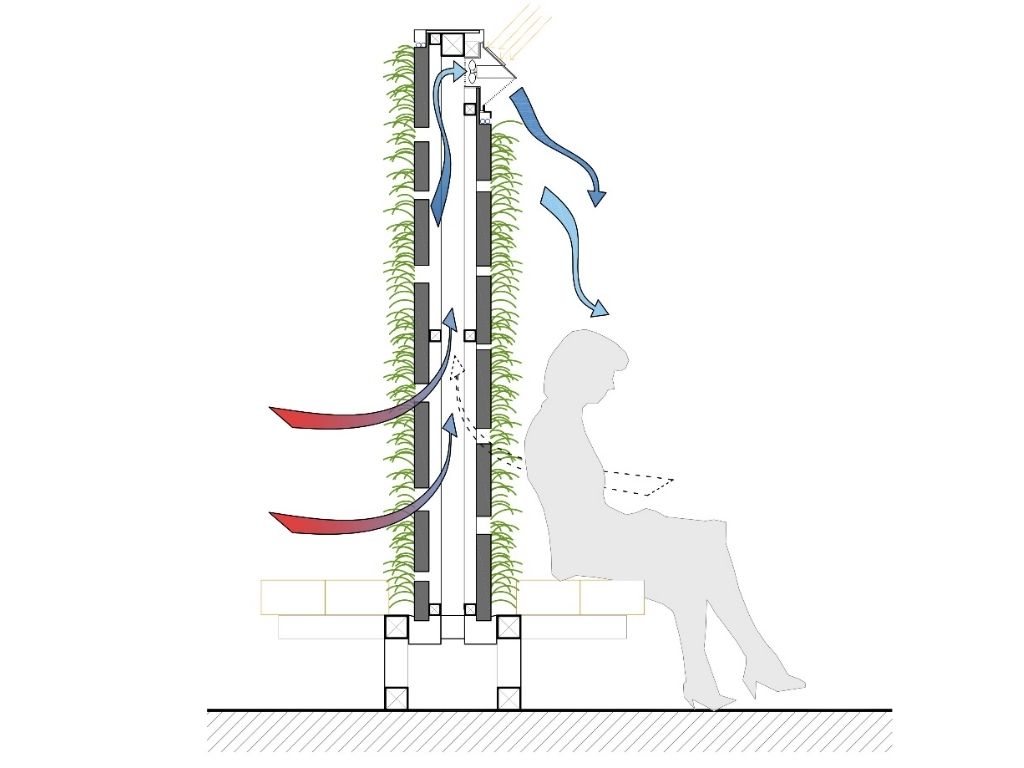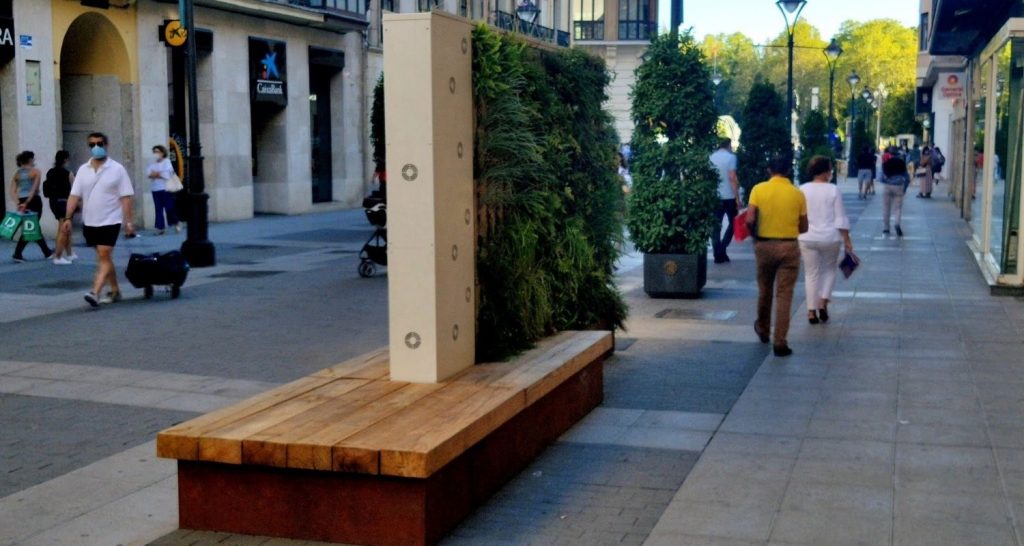Urban BioFilter
The World Health Organization estimates that one in eight deaths in Europe is a consequence of environmental pollution. Headlines such as “Pollution caused 38,600 deaths in Spain in 2015, a 23% increase year-on-year” are quite common and can be read and heard.
A 2018 analysis by the European Environment Agency (EEA) found that exposure to particulate matter (PM) caused approximately 417,000 premature deaths in 41 European countries in one year. About 379,000 of these deaths occurred in the EU, where 54,000 and 19,000 premature deaths were attributed to nitrogen dioxide (NO2) and ground-level ozone (O3), respectively.
This creates a great challenge: the need to clean the air.
Thanks to EU, national, and local policies since 2000, emissions of pollutants from key sectors have been reduced, but it is not enough. We are on the right path and we must continue to implement mechanisms in our cities and municipalities.
Our proposal
At SingularGreen we are involved in incorporating NBSs (Nature Based Solutions) in cities. Thanks to our experience, participating in different European projects, we have detected that often these actions cannot be large interventions planned well in advance or included in urban planning.
They must be surgical actions, capable of bringing nature to already saturated areas of the city, in need of revaluation at the level of public space.
Urban BioFilter arises from this premise. It is a mobile vertical garden, which can be introduced in squares, open spaces, variable installations throughout the year, etc.
Urban BioFilter: the urban furniture capable of filtering air in public spaces
Urban BioFilter is not only a functional and aesthetic urban element.
In addition to the large area for citizens to sit and feel the natural freshness of the garden, it incorporates solar-powered fans to increase the cooling effect.
The fans are configured to force the circulation of air from outside to inside the vertical garden so that the expelled air has a lower temperature and higher quality.
Technical characteristics:
It is a large hydroponic plant panel.
The area occupied by the plants has dimensions of 3.80 meters in length and an area of 6.95 square meters on each side.

Benefits of Urban BioFilter:
PURIFIES THE AIR
Some of the city’s polluting gases, reducing environmental pollution.
REDUCES THE TEMPERATURE.
The evapotranspiration capacity of plants allows us to reduce the “heat island” effect
REACTIVATE THE SPACES
It also has an aesthetic function that provides comfort to public and recreational space for pedestrians.
.
INCREASE DIVERSITY
All types of native plant species can be implanted in dry urban spaces.
Where can they be installed?
This Nature Based Solution (NBS) does not require a very important intervention or extensive planning.
They are small and easy-to-install modules, making them the ideal solution for bringing nature to the most crowded areas of the city.
An Installation Example
ready installed this NBS in Valladolid, specifically in two squares: Zorrilla and Rinconada.
These were spaces with a lack of vegetation and shade, where in addition to increasing biodiversity, improving air quality, and reducing temperature, they also contributed to urban revitalization by being an attraction for visitors and regular users.

Frequently Asked Questions
Nitrogen oxides are gaseous compounds (under normal conditions) that are considered air pollutants and are typically produced in high-temperature combustions involving air.
They have adverse effects on human health and ecosystems in general, and also contribute to the formation of other secondary pollutants such as ozone. Their levels are regulated in most countries, so it is important to limit their emissions into the air.
It refers to a series of tiny solid bodies or liquid droplets dispersed in the atmosphere.
Government agencies in many countries are monitoring the PM10 values, that is, the total content of particles smaller than 10 µm, which corresponds to the entire range of small fine particles, called “inhalable particles.”
A typical value of PM10 in an urban core is 30 µm/m3 (micrometers per cubic meter).
Currently, lawmakers also use the “PM2.5” index, which includes only fine particles, also known as “breathable particles.”
